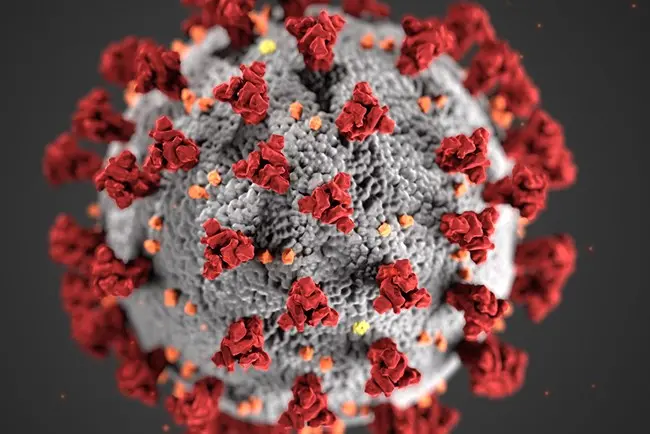Coronavirus, the new hypothesis: born from two jumps of different species
If confirmed, it would wipe out the hypothesis of the virus escaped from a laboratory
Per restare aggiornato entra nel nostro canale Whatsapp
The jump of the SarsCov2 virus from animal to human may have occurred on two different and independent occasions.
This is the new hypothesis made by a group of researchers from the University of California at San Diego on virlogical.org, a platform that collects articles awaiting review by the scientific community.
If confirmed, the study would make the hypothesis that the virus escaped from a laboratory less and less likely.
The work that tries to answer the mother of the questions about SarsCov2 arises from the reanalysis of 1,716 genomes of the virus collected between the end of 2019 and February 28, 2020.
In the archives it is possible to observe the presence from the first weeks of the presence of two distinct variants of the virus, known as A and B, which have a series of clear genetic differences. One of the crucial questions to which so many research groups have devoted themselves in recent months is to understand whether the two viral lines were one evolution of the other, that is, mutations were produced from A that produced line B and therefore a single origin of the virus, or if the two lines had separate origins, the result of two distinct spillovers.
The new study published for now on virological.org, a site of debate among virologists, would suggest this second hypothesis. A discovery that could be, as commented by virologist Robert Garry, of Tulane University in New Orleans, "a stab in the heart" to the hypothesis that the virus may have actually escaped from some research laboratory.
The whole work will now have to be analyzed in detail by the scientific community, but if the study were to be considered valid, it would have an important new piece in trying to understand how the pandemic began.
One of the next steps, the researchers explain, will be to develop a series of computer simulations to test how a multiple spillover could match the diversity of Sars-Cov-2 genomes identified so far.
(Unioneonline / L)
